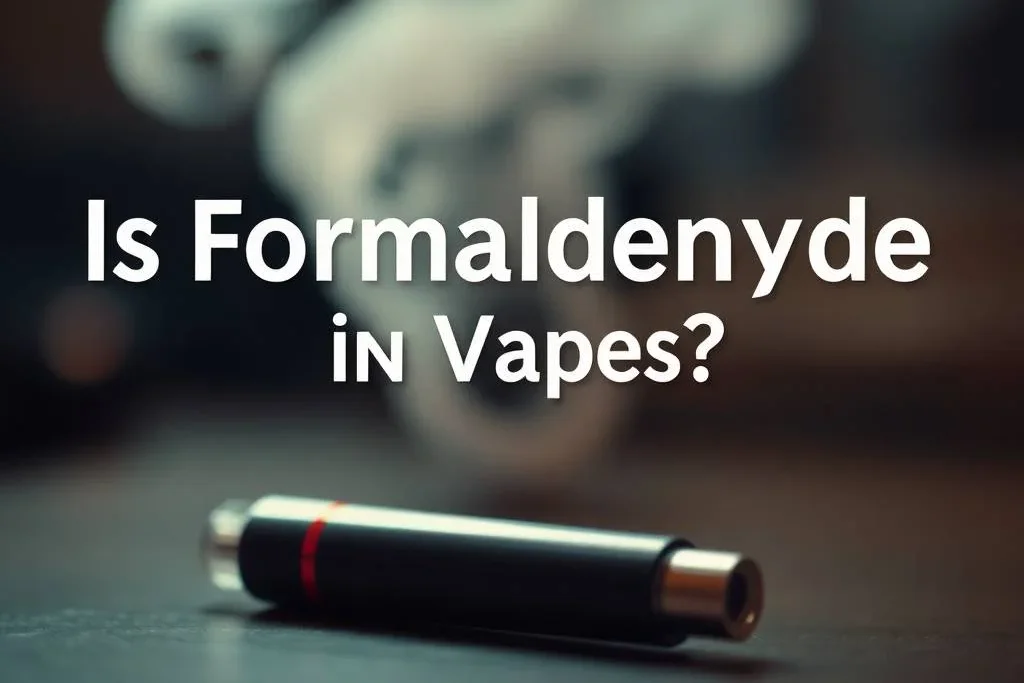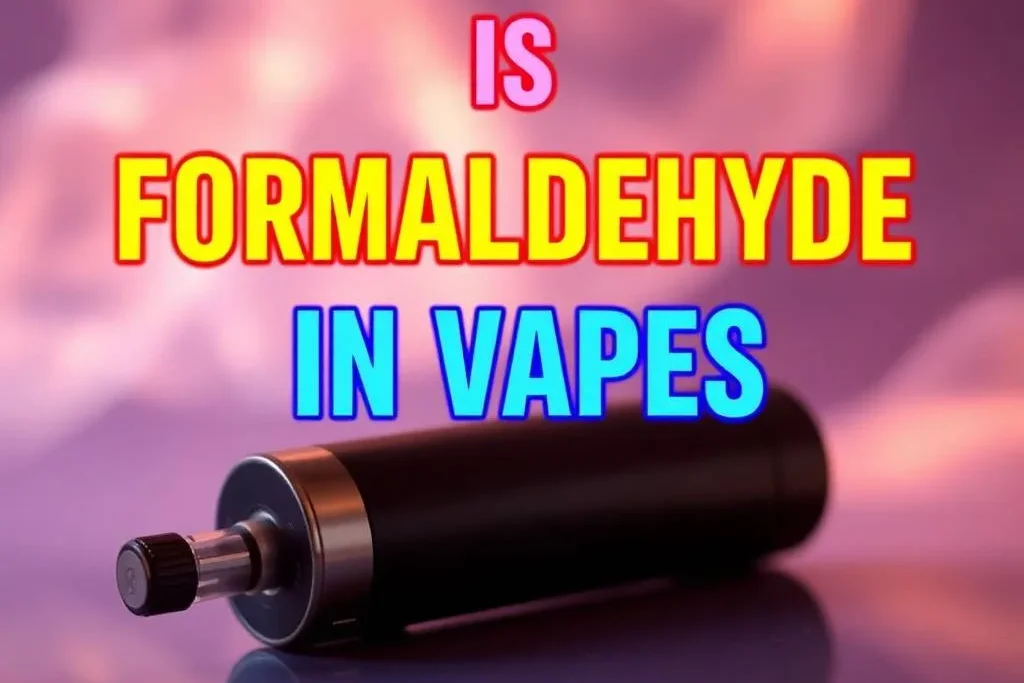Is Formaldehyde in Vapes? What You Should Know
4/30/2025, 9:16:33 AM 35
The question "is formaldehyde in vapes?" reflects growing public concern about the potential risks of vaping. As vaping continues to be marketed as a safer alternative to traditional smoking, it’s crucial to investigate the presence of harmful compounds like formaldehyde — a known carcinogen — in e-cigarettes. This guide explores whether formaldehyde is found in vapes, how it forms, and what users need to know to reduce exposure.
What Is Formaldehyde?
Formaldehyde is a colorless, strong-smelling gas widely used in building materials, disinfectants, and embalming fluids. It’s classified by the International Agency for Research on Cancer (IARC) as a Group 1 carcinogen, meaning it is known to cause cancer in humans with sufficient exposure.
Inhaling formaldehyde can irritate the respiratory system, trigger asthma symptoms, and in high doses, increase the risk of certain cancers, particularly of the nose and throat.
Is Formaldehyde Naturally Present in Vapes?
Formaldehyde is not an ingredient added to e-liquids. However, it can form as a byproduct during the vaping process, particularly under high-temperature conditions.
When e-liquids containing propylene glycol (PG) and vegetable glycerin (VG) are heated excessively—typically due to high wattage settings or prolonged use of a coil—thermal decomposition can occur. This breakdown leads to the release of formaldehyde-releasing agents, such as formaldehyde hemiacetals.
In simpler terms, formaldehyde can appear in vape aerosol when the device is operated at high temperatures, especially during "dry hits" where the wick isn’t fully saturated.
What Do Studies Say?
Scientific studies offer mixed but important findings:
- A 2015 study published in The New England Journal of Medicine sparked controversy by reporting that formaldehyde levels in e-cigarette vapor could rival or exceed those in combustible cigarettes—but only under extreme conditions (dry puff scenarios).
- The researchers themselves clarified that such conditions would produce an unpleasant burnt taste that most users would instinctively avoid.
- More recent research confirms that under typical vaping conditions, formaldehyde levels are significantly lower than in tobacco smoke.
Key Takeaway:
Formaldehyde can be present in vape emissions, but typically at low levels during normal use. Its concentration increases sharply when devices are misused.
How to Reduce Formaldehyde Exposure When Vaping
Vapers can take several steps to limit potential exposure to formaldehyde:
- Avoid High Voltage Settings Using devices at excessive wattages can overheat the coil and degrade e-liquid compounds.
- Prime Coils Properly Always ensure the wick is fully saturated to prevent dry hits, which increase the risk of thermal degradation.
- Replace Old Coils Regularly Burnt or degraded coils can lead to overheating and higher emissions.
- Use Regulated Mods with Temperature Control These devices allow you to cap temperatures and avoid reaching levels that produce harmful byproducts.
- Choose Reputable E-liquids Stick to brands that list ingredients transparently and avoid questionable additives.
Conclusion
It is not present in the e-liquid itself, but it can form when vaping at excessively high temperatures. Under normal usage, especially with temperature-controlled devices and proper maintenance, exposure is minimal and significantly less than from smoking traditional cigarettes. Consumers who are concerned about formaldehyde or other toxicants in vapor should prioritize proper device usage, quality products, and regular coil changes to minimize potential risks.














